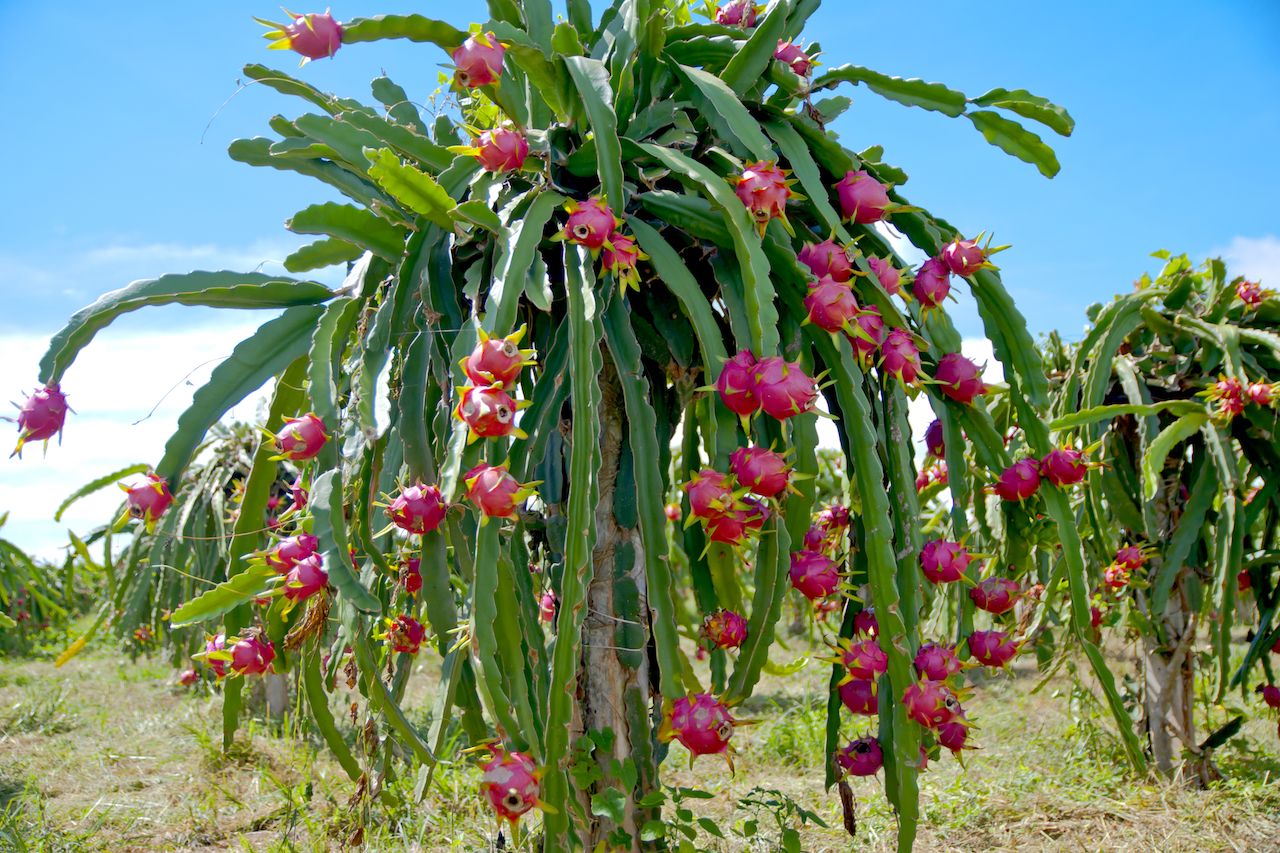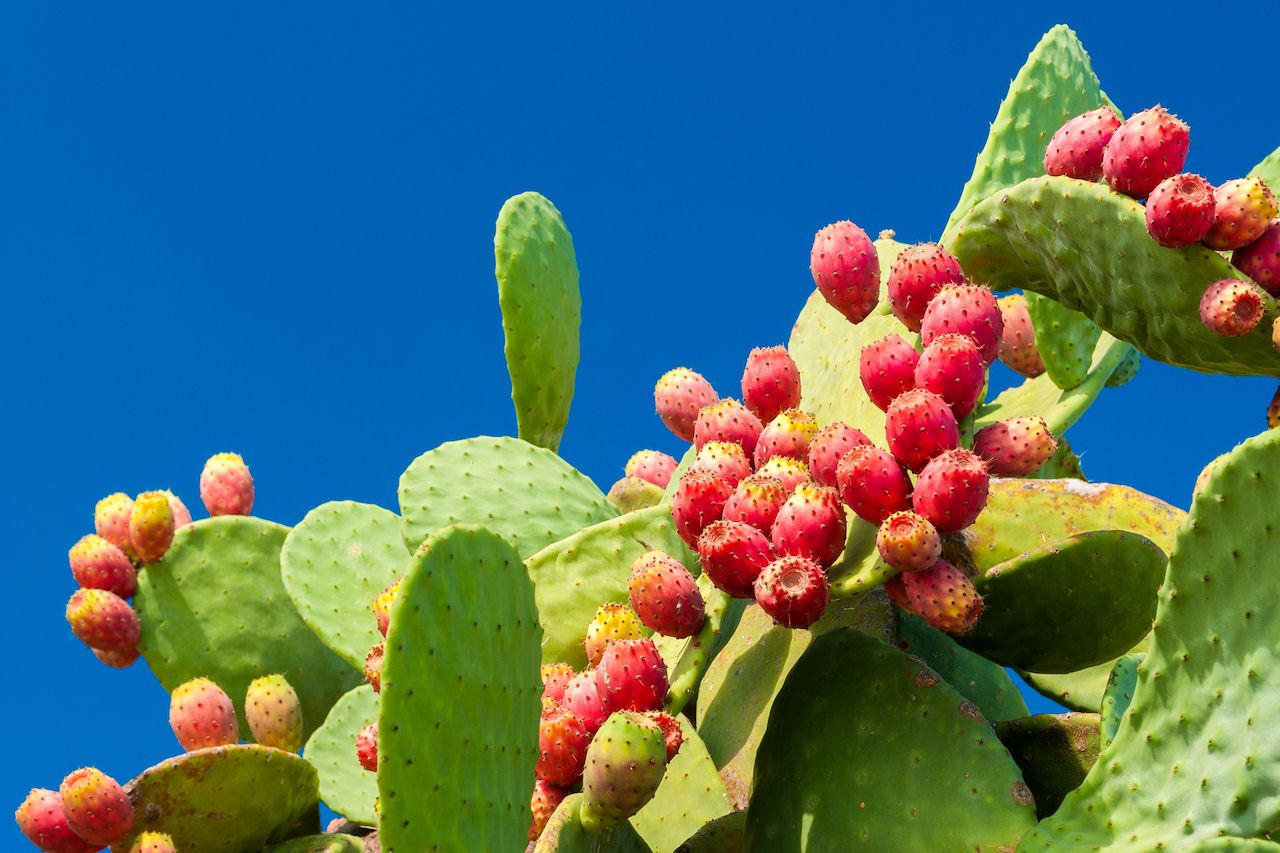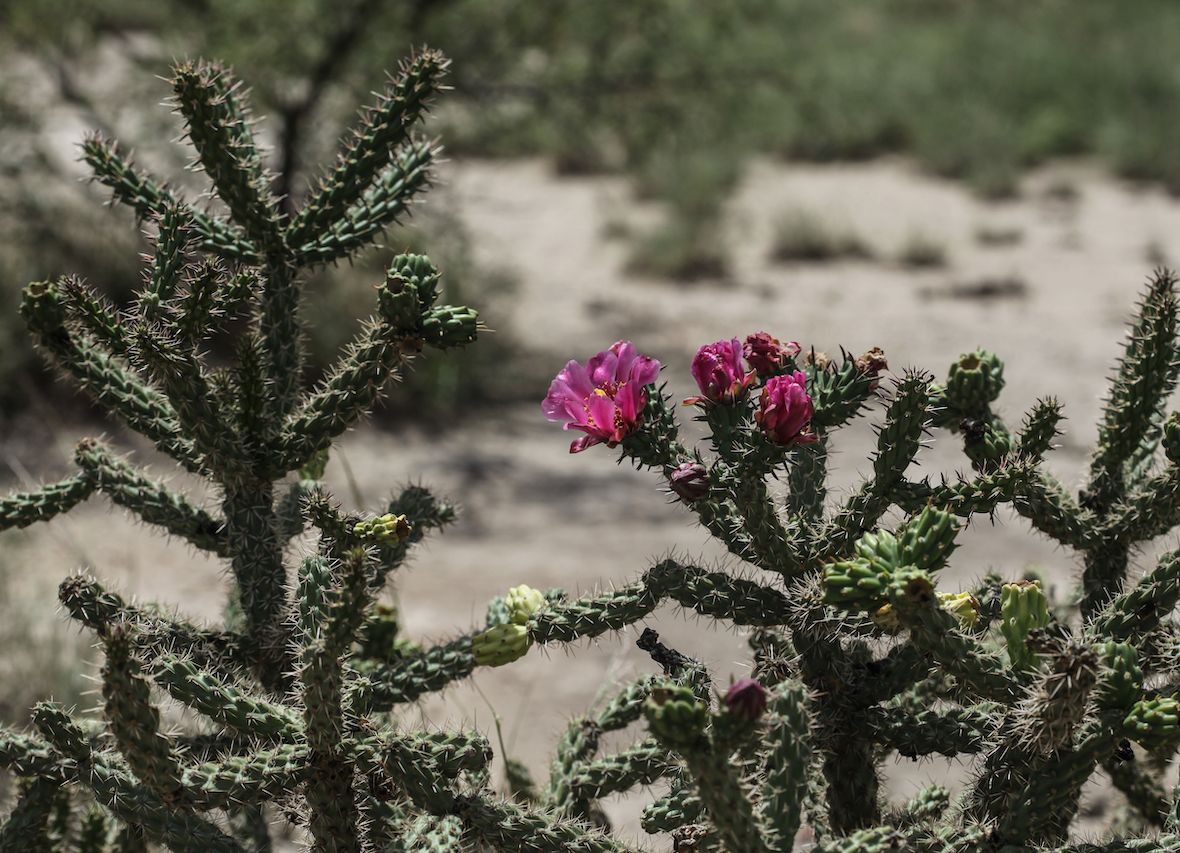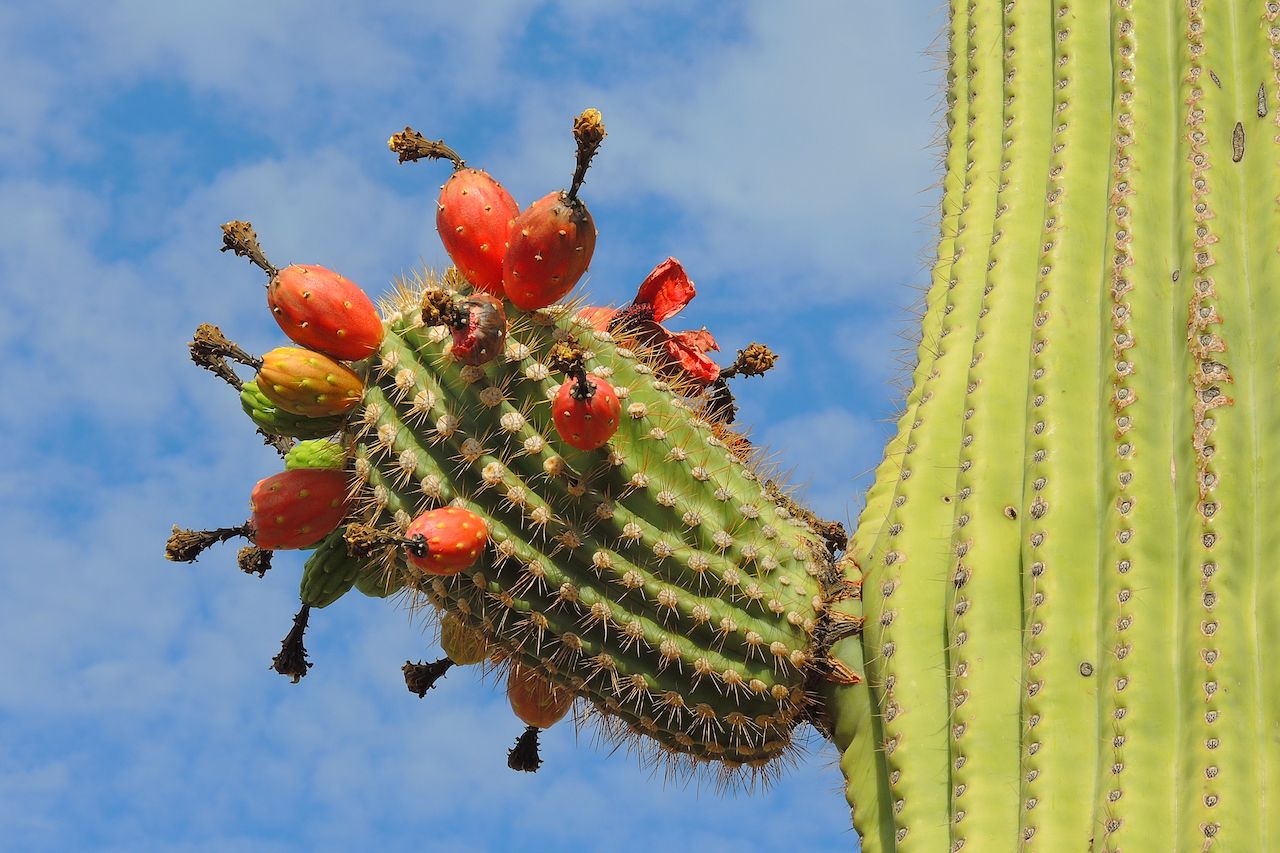Have you ever wondered how to eat a cactus? The most obvious answer is very carefully, since most cacti are shrouded in sharp spines. Yet spines aside, you can enjoy certain edible cacti just about every which way imaginable – raw, grilled, fried, or stewed, as well as juiced, jellied and in cocktails.
Cacti show up on restaurant menus across the Southwest, and they can be shipped right to your door. Here’s what you need to know before trying this regional delicacy.





